Tourism for tomorrow 2017 roll of honour
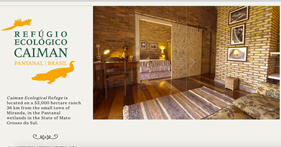
Every year top sustainable initiatives get chosen by WTTC – here are notes on the first half – next week the second!
Biosphere Expeditions: Since 1999, Biosphere Expeditions has committed to running ethical, transparent, and effective volunteering trips. To ensure it deliver on these commitments, it publishes a report for each expedition, which shows in a clear and transparent way the income and expenditure, the percentage of income spent on the project, as well as any research and conservation outcomes and recommendations.
Over the last 17 years, the organisation has delivered over 150,000 hours of voluntourism wildlife conservation & research and helped create protected areas across four continents. Meanwhile, its conservation recommendations and policies have been adopted in countries all over the world. Furthermore, as a non-profit, Biosphere invests all surplus income back into its conservation work, with 1.5 million pounds going directly into conservation projects worldwide, and over half a million pounds as in-kind donations. into local projects and communities.
Caiman Ecological Refuge: The Caiman Ecological Refuge was set up to achieve what had once seemed impossible. From the beginning its mission has been to reconcile three very different activities in one place – extensive cattle ranching, ecotourism and wildlife/habitat conservation projects. In 2016, it became the first place in the world to successfully reintroduce jaguar to the wild, while its Hyacinth Macaw Project quadrupled the Pantanal’s population in 15 years, meaning the species is no longer considered endangered.
The 53,000 hectare cattle ranch hosts the Caiman Lasso Festival, which helps preserve and raise awareness of the Pantaneiro traditional "cowboy" lifestyle; and its 150 staff receive free benefits such as housing, lodging, meals, school, transportation, life insurance, dental care, medical emergency room and sport facilities. Meanwhile its Rural School, Educational Centre and Naturalist Kids Programme offers environmental education to local children so they too might grow up wanting to conserve its biodiversity and surroundings.
The J. Willard and Alice S. Marriott Foundation’s China Hospitality Education Initiative (CHEI): Despite China having 2.5 million hotel rooms, the sector still has plenty of capacity to grow. Whereas in the US there are 20 hotel rooms per 1000 people, in China there are just four. The China Hospitality Education Initiative (CHEI) is a charitable project of The J. Willard and Alice S Marriott Foundation, designed to meet the ongoing growth in the country’s hospitality sector, better preparing students for meaningful hospitality and tourism careers, and thus improving the socio-economic status of the country’s youth. Where Chinese hospitality reaching has traditionally focussed more on theory, CHEI ensures that the practical application, conversational English and soft skills needed for career success are addressed in depth.
This change in focus has been well received. On partner school surveys, 99 percent of teachers and 100 percent of administrators indicated they are satisfied or very satisfied with CHEI programs. Thanks to CHEI, China is developing a generation of hospitality workers ready to meet the challenges and opportunities the sector’s ongoing growth will bring.
Botswana Tourism Organisation: The only way to comprehend the areas encompassed by Chobe, Makgadikgadi and Okavango Delta Ramsar Site is to deal in superlatives. Chobe is home to the highest elephant concentration in all Africa. Makgadikgadi to one of the largest saltpans in the world. And when the Okavango Delta floods each the summer, it attracts more than 200,000 large mammals.
As this is also a region with few population centres of any note, ecotourism is one of the only sectors that can provide sustainable employment. Through focussing on high end, low impact ecotourism, and the many services that support it, around 60,000 jobs have been created and US$650 million contributed to Botswana’s GDP. Whether collaborating with neighbours on the even larger Kavango Zambezi Transfrontier Conservation Area or ensuring that all eco-certified companies sell locally produced handicrafts on site, there is no vision too large, nor any detail too small in the commitment to keeping Botswana as a rare beacon of hope for Africa’s wildlife and people.
Cinnamon Wild Yala: Located in the south of Sri Lanka, Yala is one of the best places to spot leopards in the world. However the border of the park is also home to hundreds of dairy farmers, who sometimes kill the leopards to protect their cattle. Since 2010, however, the Sri Lanka hotel chain Cinnamon, whose Cinnamon Wild Yala is found on the park’s border alongside the dairy farms, has manufactured & donated more than 70 steel cages, which enable the farmers to protect their cattle at night. It’s meant the farmers have not lost any cattle – and so have not killed any more leopards. The farmers’ income has also increased by over 20 percent.
More leopards means more sightings, which makes for better safari experiences. Yala has also shared the project with guests, who can spend a morning with a farmer. The cage may keep leopards out, but in so doing it has brought communities together.
City of Bydgoszcz: Life in the Polish city of Bydgoszcz flows along the river Brda, which runs right through the centre. Yet by the end of the Cold War the riverbanks were run down and dangerous, and sewage outlets and factory waste discharge polluted its flow. But as Eastern Europe began to open up in the 1990s, so did the chance to revitalise the city’s lifeblood.
17km of river were dredged. Sewage and other waste outlets were redirected or closed off, so that now as much as 94 percent of sewage is treated before being discharged into the river. The Brda is now ranked as the cleanest river in Poland. Even the river bus is solar powered.
Since implementing all these measures, the numbers of tourists has risen dramatically, and local entrepreneurs have set up or moved their businesses nearer the river. Even rare species such as beaver, otter and have come back.
Desert and Delta Safaris:In 2001, the Botswana safari company Desert and Delta Safaris embarked upon an ambitious programme to train up local people so that they could manage its camps. So far, its citizen management training programme has trained and developed over 20 local managers, at a cost to Desert and Delta of BWP 100,000.00 per student, since the company covers all the costs to ensure there is no financial barrier to entry. While its goal was to have all its camps managed by Botswana citizens by 2014, Desert and Delta achieved this by the end of 2013.
The programme has been a success with guests too. Since the company started operating camps with only local managers it has seen much more engagement between tourists and locals while on safari. Furthermore, the managers’ commitment to running the camps as sustainably as possible runs far deeper, since the place they are looking after really is home.
G Adventures: In 2003, G Adventures, the world’s largest small group travel company, set up Planeterra as its not-for-profit arm. The aim was to develop projects connected to its trips so that people in marginalised communities could benefit from tourism. Since then, Planeterra has launched or supported 60 community development projects, which have helped over 70,000 people gain greater access to education, health care and sustainable income. In 2015, it looked to scale its impact considerably, launching the ’50 in 5 Campaign’ that looks to develop 50 new social enterprises – and include them all in G’s itineraries by 2020.
To ensure the transparency and efficacy of its impact, last year, G Adventures conducted a global supply chain assessment, finding that 91 percent of its suppliers are owned by local legal residents, 97 percent incorporate sustainability practices, and 70 per cent support local markets and farmers. All this means not only do its travellers go home with lifelong memories, they also leave lasting and measurable benefits behind.
Misool: Located at the northwest corner of Indonesia’s West Papua province, the Raja Ampat archipelago spreads over 40,000 km² of islands and sea, is home at least 1,400 tropical fish species — many unknown elsewhere, and over ten times the number of hard coral species found in the Caribbean. To protect it from an increase in fishing and other threats, the founders of Misool Eco Resort began in 2005 to create a No Take Zone around their island to preserve this unique natural environment.
12 years later and its two No-Take Zones cover 828 sq km, inside which Illegal fishing activity has been reduced by 86%, while fish biomass has increased by over 250% in the last 6 years – in some areas, the increase has been over 600%. The world’s coral reefs continue to face unprecedented threats, but thanks to the likes of Misool, there is hope for renewal.
NATIVE Hotels: Set up by two journalists to promote accessible tourism, Native Hotels pays particular attention to ensuring accessible communication. Guests have access to vibrating watches with alerts and messages for deaf customers, while signage packs and door signs in Braille help the visually impaired navigate through the hotel, its rooms and bathrooms.
They have recently launched a new online platform for the travel industry, which Native says is the only to offer total accessibility, and allows users with any kind of disability to use a computer to make their holiday choices. It can be used by anyone, even if they are unable to see the screen, touch the keyboard or speak to the computer – so long as a person can blow onto a microphone, they can use the platform. For tourism to ensure it delivers its benefits to as many people as possible, everyone needs to be able to discover what is within their reach. Native’s new platform brings that world closer for many more.
The Nature Conservancy: The Nature Conservancy is using the latest crowdsourcing and data mapping techniques to quantify for the first time the total and local value of the world’s reefs to tourism, in the hope that national governments where reefs play a significant role will do what it takes to protect an industry that brings in vital international investment, provides food sources for millions of people, and protects the world’s coasts from storm damage.
They have found that each year 72 million trips are supported by the world’s coral reefs, which represent an economic value of $38 billion. Now they plan to expand their methods out to measure other forms of nature-based tourism. Those working to prove the value of sustainable tourism have long sought to get solid figures to back up their arguments. Thanks to groundbreaking work of the Nature Conservancy, they may not have much longer to wait.
Ol Pejeta Conservancy: The last three Northern White Rhino left in the world live on Kenya’s Ol Pejeta Conservancy, which is also home to 115 black rhino, making it the largest sanctuary for these creatures in East Africa. And it is the only place in Kenya where it is possible to see chimpanzees, which it rescues from the black market and rehabilitates on its 90,000 acres.
Ol Pejeta also works to improve life in the surrounding communities, providing health care access to 20,000 rural community members, helping farmers develop rainwater harvesting, supplying water, solar power, buildings and ICT equipment to local schools, and cookstoves and solar devices to households. Overall, it has committed to invest $6.5m in community development over the next six years as it bids to reduce human wildlife conflict incidents by 10 per cent each year. Such efforts make for better tourism, and they do so by making lives better for the communities where Ol Pejeta operates.
Pallas-Yllästunturi National Park: Lapland’s Pallas-Yllästunturi National Park is Finland’s oldest and most popular National Park visited 525,000 times in 2015. Parks & Wildlife Finland works in collaboration with local authorities, travel operators, the local reindeer herders’ association, and the Finnish Smi Parliament to balance the needs of conservation and local development. Together they are developing year round tourism products such as 300 km of cross-country skiing tracks, 250 km of hiking trails and 70 resting places with toilets and fireplaces and the possibility to stay overnight – all for free.
Some 150 enterprises are also connected to the National Park. By facilitating coordination between villages and private entrepreneurs, it is becoming increasingly easy for walkers to pack up their luggage, head off walking and find their bags waiting at their next destination by the end of the day. This promotes longer visits to the park, distributes people and their spending, and connects local villages to one another.
Soel Yachts: Soel Yachts’ new solar-powered SoelCat 12 is a 39-foot-long catamaran that can seat up to 24 people and cruise at speeds from six to 15 knots. When cruising at six knots, it is 100% powered by the 36 solar panels that cover the entirety of its roof. At higher speeds, the vessel is boosted by a pair of 60-kilowatt-hour lithium batteries. And when in harbour or not in use, the boat can be plugged into the resort’s power network and operate as a floating solar array, supplying the resort with additional clean energy. Whether protecting the medieval architecture of Venice, providing green transportation to cities like New York or Sydney, or getting tourists closer to nature without disturbing it, Soel Yachts offers a chance for smooth solar sailing where the sky is not the limit, but the solution.
STREETS International: Set up in 2009, Streets International runs a Training Centre and Restaurant Café in Hoi An, Vietnam for children from orphaned, trafficked, or other ways disadvantaged backgrounds. To date nearly 250 young trainees have learned hospitalty, culinary, English and life skills lessons there. Meanwhile, Streets has forged partnerships with leading hotels and tour companies, which ensure that 100% of its graduates have secured starting positions.
Streets International also runs two tours – the Oodles of Noodles Tour and the Market Tour. Both are guided by Streets Trainees, taking 10,000 visitors each year to experience authentic culinary experiences, while providing the trainess with excellent opportunities to practise their English and interact with international guests. Where many of these children knew nothing other than the streets, now they make their living sharing their unique knowledge with people visiting Hoi An for the first time.
More next week!
Valere Tjolle
 United Kingdom
United Kingdom United States
United States Asia Pacific
Asia Pacific









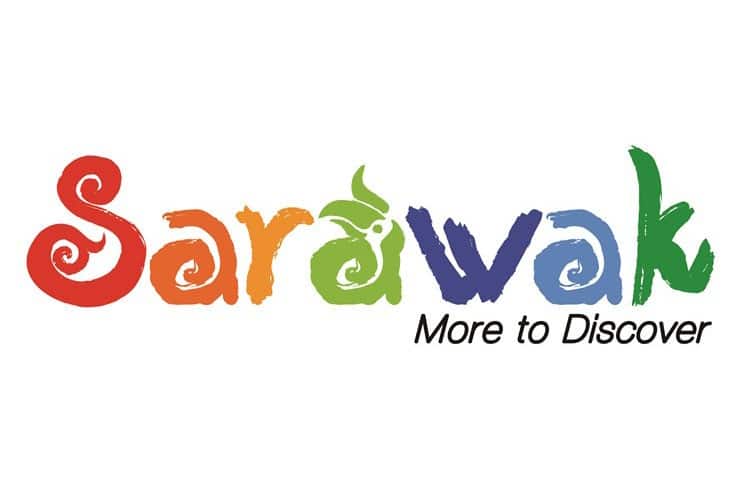
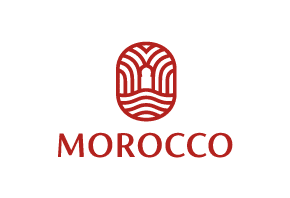
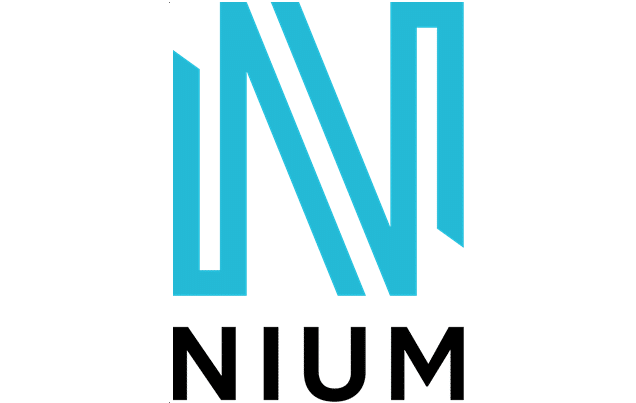


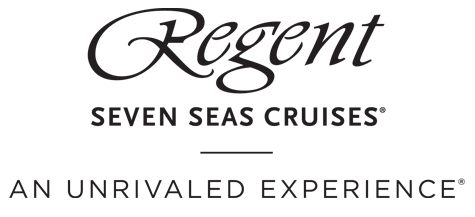


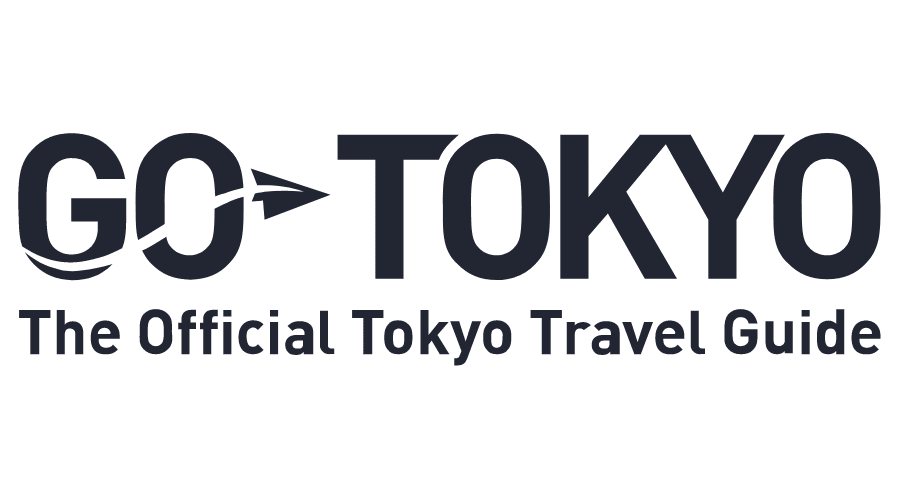


























Dozens fall ill in P&O Cruises ship outbreak
Turkish Airlines flight in emergency landing after pilot dies
Boy falls to death on cruise ship
Unexpected wave rocks cruise ship
Woman dies after going overboard in English Channel